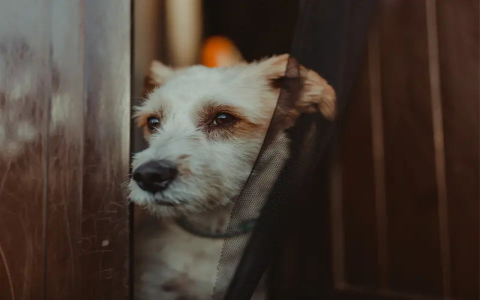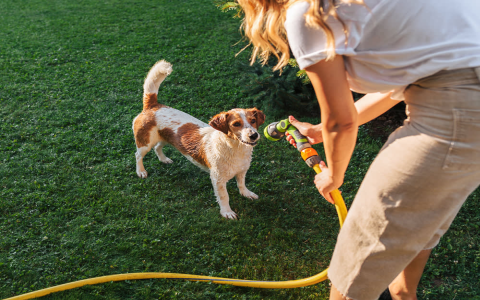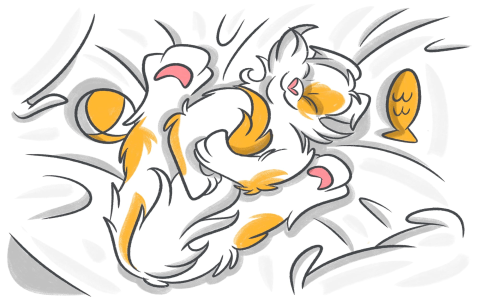Too Much Insulin in Dogs: Simple Signs & What to Do!
Okay, so my dog Sparky is diabetic, and we've been managing it with insulin for a while now. It's usually pretty smooth, but a few weeks ago, I had a bit of a scare, and I thought it was important to share what I learned about spotting too much insulin in dogs.

The First Signs I Noticed
It started with Sparky being way more tired than usual. Like, he loves his walks, but suddenly he was just dragging himself along, and when we got home, he just collapsed on his bed. He usually naps, of course, but this was excessive. He was practically glued to his bed.
Things Got a Little Scary
Then came the twitching. It wasn't constant, but I'd see his legs or his head twitch a little, especially when he was sleeping. That really freaked me out, because Sparky's never done that before. It was totally out of character.
What I Did - My Immediate Reaction
My first instinct, honestly, was to panic. But I remembered reading somewhere that low blood sugar (which can happen if a dog gets too much insulin) needs to be addressed fast. So, I grabbed the honey we keep in the kitchen.
- Honey to the Rescue: I rubbed just a little bit of honey onto Sparky's gums. It's supposed to help raise blood sugar levels quickly. I didn't use a lot, just a small dab.
- Straight to the Vet: After the honey, I called my vet immediately. Even though Sparky seemed a little more alert after the honey, I knew this wasn't something to mess around with. I explained everything that had been happening.
The Vet Visit and What I Learned
The vet checked Sparky's blood sugar, and sure enough, it was low. She adjusted his insulin dosage and gave me some very specific instructions on what to watch out for in the future. It turns out I had probably given him, a small amount of insulin more than usual, by accident, also, Sparky was having more activity than normal.
She stressed the importance of being super consistent with the insulin injections, both the timing and the amount. And she emphasized watching for those early signs, like the excessive sleepiness and the twitching. She also reinforced that the faster I react the better it will be for sparky.
The Outcome
Sparky is fine now, thank goodness! We've been very careful with his insulin since then, and he's back to his usual, playful self. But the whole experience was a real wake-up call. It showed me how important it is to be vigilant when you have a diabetic dog. It also gave me a valuable experience to learn from, which I will keep in mind.











